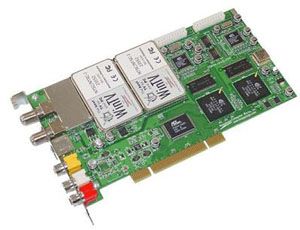Top 10 Steps to HTPC Evolution
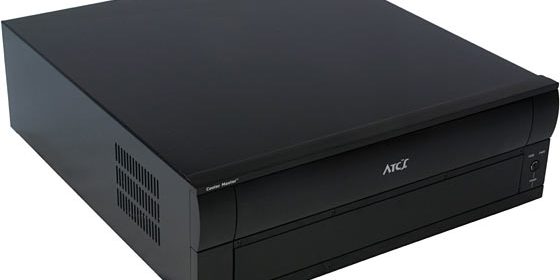
I was feeling rather nostalgic today, so I decided to take some time to reminisce on the life of HTPCs and Media Centers. I've been around this since the inception, and it's always fun to take a step back and see where we've come from to get an idea of what the future holds.
I have comprised my very own Top 10 list in reference to most significant events that have occurred in the field of Home Theater PC's. I'm sure I missed some, so feel free to discuss. So let's get on with it….
Numbers 10-6
10. Silverstone/Lian Li/Antec/Coolermaster/DVine HTPC Cases (2001+)
I'll never forget my first HTPC case. I bought a generic beige
old-school desktop case, took it outside, sanded it down, and
spray-painted it black. Believe it or not, I still own this case (it's
at my Dad's house), but it showed how desperate things were for the
HTPC market back in 2000 since basically none existed outside of the
defunct Gateway Destination, which you couldn't buy alone.
Then, seemingly out of nowhere came Coolermaster answering the
battle cry…and then others joined in. Before you knew it, you had
tons of different HTPC-style cases from many companies, each appealing
to a different user. Heck, I think to date Silverstone has something
like 15 different cases JUST for HTPCs. Shows just how the market has
grown and how companies have adopted users' enthusiasm.
9. ATI's All-in-Wonder Video Card (1999)
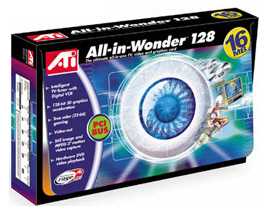
I say 1999, but that's just when it first launched. ATI has always been
an interesting company in my eyes when dealing with the HTPC market. It
kind of seemed to me they never really wanted to commit fully into it,
but still wanted to play. The All-in-Wonder made integrating a TV tuner
into your system as easy as upgrading your video card. More
importantly, it was affordable.
8. High Definition Televisions (1996)
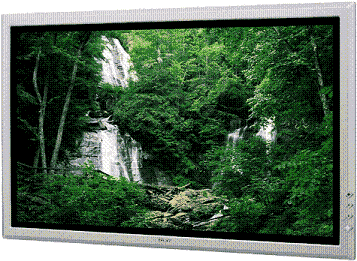
If you ever connected a computer to a standard definition TV, you
really don't need any explanation as to why this is on the list. The
invention of high definition televisions allowed you to use your TV
basically as a gigantic monitor. Text was perfectly readible, and
images could appear super clear in 1080p. And because your HTPC's Video
Card could scale to basically ANY resolution, it became many people's
hi-def DVD player and more. The graphics from an HTPC output digitally
to an HDTV is stunning no matter how many people complain about the
lack of HD TV programming.
7. ATI's Remote Wonder (2002)
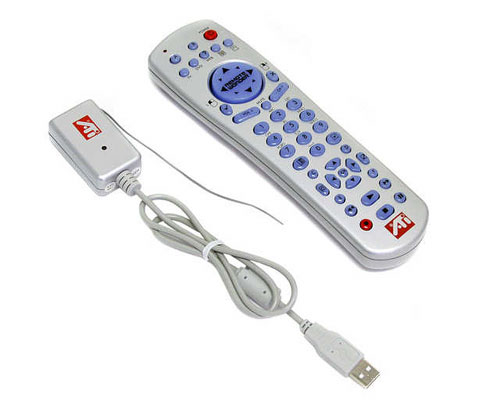
Before ATI came out with this RF gem, the only remote most people would
use was the GOD-AWFUL one that was originally for the Packard Bell
systems to control music. While that worked fine and sufficient for
playing music, HTPCs can do so much more that it couldn't. ATI answered
the call from consumers with a quality remote at a super affordable
price. Designed to work with ATI's All-in-Wonder software, this was as
close to a 10' HTPC experience as we had seen at the time. The remote
even had a touch pad mouse–although annoying beyond belief to use–was
still more effective than not having something.
6. Gateway Destination (1996)
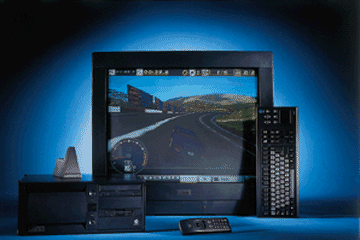
This was that computer system with monitor from Gateway, that I think
really started the movement. In a time where few were connecting their
PCs to TV's, they sold their system only with a 31" Tube Television.
Talk about shipping & handling!! And the unit itself cost $4000,
which was a lot more money 11 years ago…and sure the software was
awful…but this still stands out as the turning point for me when
companies started taking HTPC's seriously.
Top 5
5. Hauppauge PVR-250 (2001) / Hauppauge PVR-500MCE (2004)
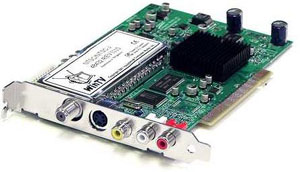
|
|
I combined both the PVR-250 and the 500 from Hauppauge, mainly to save
space. But they both had their impact on the HTPC market. The 500 went
mainstream as allowing consumers to have dual tuners on one card.
Finally, dual recording became a standard with this and integration
with software.
But no other tuner had more of an impact than the PVR-250. Before
this, the #1 limitation to ANY HTPC software was that the only tuners
available were software-based-encoders, so the images were
grainy/fuzzy/soft/or just plain bad. But that all changed with the 250,
with it's hardware based video & audio encoders, it brought about
the highest quality television image anyone had ever seen through an
HTPC. It's pretty remarkable, considering how popular HTPC's have
gotten, yet you can still pop a PVR-250 into your system and be VERY
satisfied.
4. Snapstream PVS, aka BeyondTV (2000) / SageTV (2001) / MyHTPC (2001) / MythTV (2002)
 |
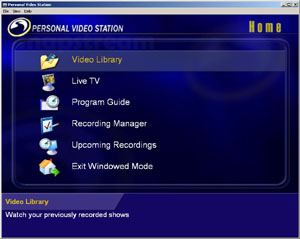 |
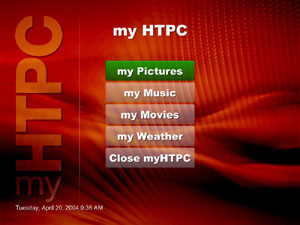 |
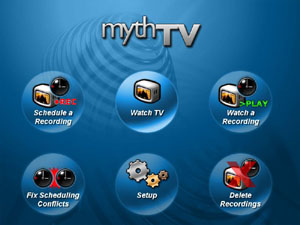 |
I've included what I consider to be the list of significant HTPC
applications in the past 7 years NOT called Windows Media Center. These
applications each serve their own purpose and really gave consumers an
option if they did not want Windows Media Center. True story, back in
2004, before Microsoft supported dual tuners, I actually switched to
SageTV and BeyondTV because that feature was so important.
Each one of these programs offered innovative–and sometimes
controversial–features to their applications which Microsoft's MCE did
not. MythTV was so ahead of its time, that it's funny to see how little
they've changed yet remain on the forefront of features in an HTPC
application (if only Linux was easy, eh? :-P)
MyHTPC would later become the commercial application Meedio, which
would then get bought out by Yahoo and dissapear, but nobody can argue
that for a while, MyHTPC was the best frontend software out there for
full control, with a phenomenal community. The Meedio crew was always
creative and had features years ago which I'd kill to have within MCE
(ahem….easy plugin installation, skins, etc.).
3. OCUR, aka Cable Card (20XX)
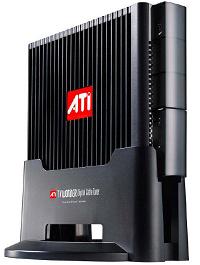
Ok, so I know I'll get some heat for this. But simply the fact that
Microsoft has been able to work out at the very least an agreement with
CableLabs keeps the future safe for HTPCs. As more and more DVR boxes
are coming out with integrated-HD support, a lot of people had been
considering offing the HTPC idea since they wouldn't be able to get the
HD content. Remember, this is just the first installment of something
sure to change and hopefully grow. I'm including this on the importance
it has and the potential to the market. Only time will tell its true
impact on HTPCs, but I like to be optimistic.
2. Microsoft Windows Media Center (2002)
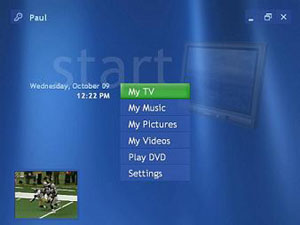
|
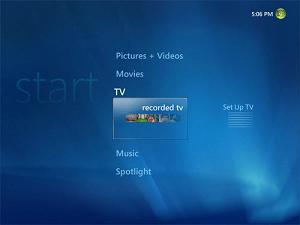 |
Codenamed Freestyle, this was the first HTPC application from
Microsoft, and truly was monumental. I know some of you may be upset
that I gave Media Center it's own
number, but whether you love or hate Microsoft, the HTPC market would
simply NOT be where it is today had Microsoft not gotten involved. With
their reach, they were able to obtain large system builder
participation from the likes of Gateway & HP, and thus had a lot of
marketing dollars go towards HTPC-awareness, the likes of which have
never been matched even to this day.
It really was an ideal HTPC solution. Sure it suffered from occasional
crashes, and TV quality was not perfect, but this was really
revolutionary in that you could do EVERYTHING within Media Center from
your sofa with a remote (no mouse controls needed!).
1. TiVo (1999)
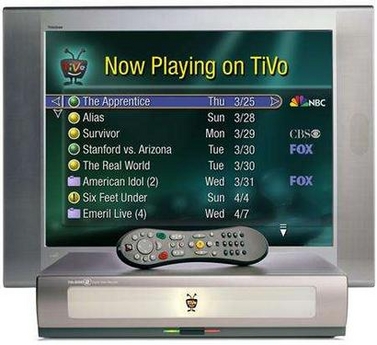
What can I say, something that has nothing to do with HTPCs yet was
basically the catalyst for the HTPC movement. TiVo revolutionized the
way people thought about watching television, and the power that could
be done. Digitally recording shows became a norm and the term
"Tivo-ing" became defined. Even when I use my MCE HTPC, I still say I
"Tivo'd a show." The mainstream popularity of TiVo allowed all HTPC
developers to have a common feature which consumers would understand,
and thus see the value add of investing a bit more to either build or
buy your own HTPC.
Honorable Mention: Extenders/AppleTV (2007)
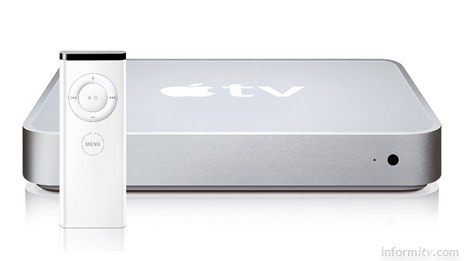
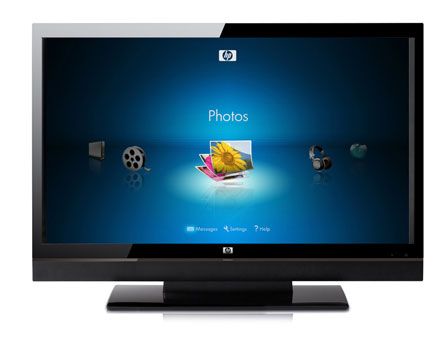
Both Microsoft and Apple are on the right track on this one, but it
just hasn't gotten there yet. The idea of extenders is ideal as it's
become clear the large majority of consumers do NOT want a computer in
the living room. Extenders allow you to have a thin, small, quiet box
that just pulls the information directly from your main computer, all
wireless.
So far this hasn't really caught on. On Apple's part
because…um….it's just not very good. On Microsoft's because for
some reason there's been so many delays getting V2 Extenders to market,
and the Xbox360 is as loud (if not louder) than most people's
computers.
But my prediction is that the technology will improve, they will
refine everything, cut the cost down, and in the end you'll have 1 main
HTPC system, and a multitude of extenders to stream the content
throughout your home.

